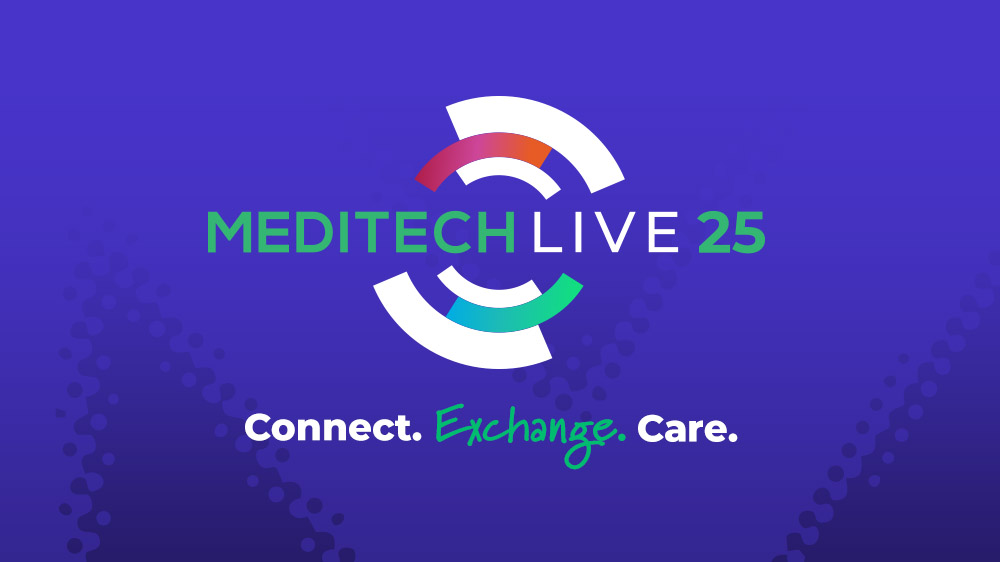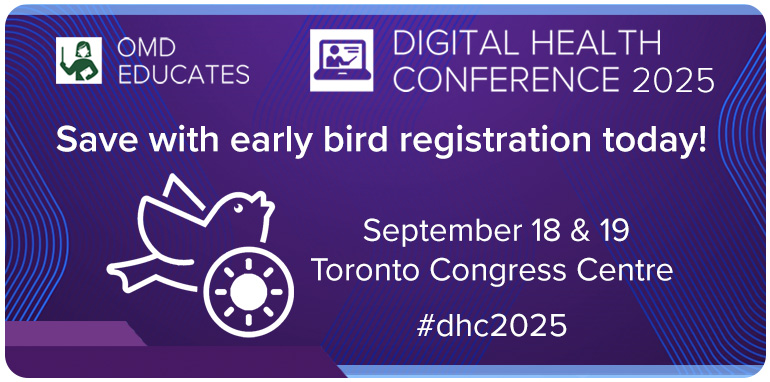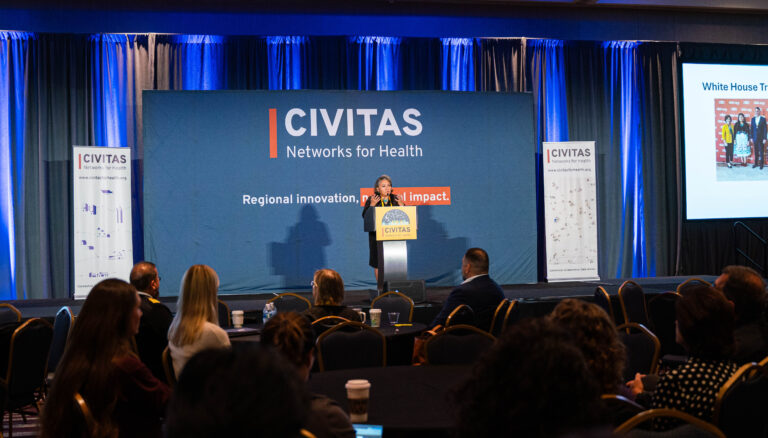At the first annual HealthLeaders Media Health IT & Quality Exchange, executives discuss the challenges of implementing electronic medical record systems and telehealth technologies.
It hasn’t been an easy year for Linda Butler, MD, or her colleagues at Rex Healthcare in Raleigh, NC.
As vice president of medical affairs as well as CMO/CMIO, she and her team have had to help manage the hospital’s Magnet status reaccreditation, Ebola preparedness, and its three-year review by The Joint Commission.
They’ve also had to assist with the delicate implementation of Rex’s electronic medical record system, an Epic installation. “You replace an EMR maybe once a decade, you go through Magnet accreditation every four years, and TJC every three years. We did all of that in about six months,” she says.
Butler and three other hospital executives shared their stories of overcoming challenges related to information technology with more than 30 of their peers Friday during an “Idea Exchange” at the first annual HealthLeaders Media Health IT & Quality Exchange in La Jolla, CA.
Key to the success of Rex Healthcare’s project, was staff and physician training. Another hospital had offered training for its other system by holding classes on site. “They could kind of wander in any time, answer pages, talk on the phone, and they could leave. But we were stricter when it came to Epic. They had to go to a centralized training site, and everyone had to drive to get there. The training averaged six hours for someone who was going to be in a consulting phase…but up to 32 hours for someone like an OB/GYN oncologist using it in their clinic,” Butler said.
“That was a big culture shift for us; we actually made them take a test and pass the test. We did this because every hospital we talked with that had implemented Epic told us… that you could not over-train.”
Role-based communication
At Dignity Healthcare in Phoenix, AZ, Alan Pitt, MD, is helping wean doctors away from their pagers and into an electronic communication system that promises to save time and prevent unnecessary use of resources.
The key to changing physician behavior is what he calls “role-based communication.”
“In some sense, every doctor is his own CEO, and doctors tend to not want to change anything. They are used to people revolving around them. But the HUCs (health unit coordinators) have a problem. They need to reach the doctors. But just as you can’t have privates talking to majors, medicine has a hierarchy. Depending on their other responsibilities like surgery, doctors can’t talk to everybody at all times.”
“What we found is that if you violate those rules, the doctors will rebel. They are willing to talk to people on their care team, but don’t like the idea that a unit clerk or a nurse they don’t know will reach out to them over this new app,” Pitt said.
For decades, he said, the relationship between hospitals and doctors has been somewhat uneven. For example, physicians have had the ability to order X-rays and labs without the responsibility of acknowledging receipt of the results, either by them or their surrogates, 24/7.
This can leave other members of the care team in a quandary. With the new app (Consult Accelerator by Emerge.MD), “we’re getting to the place where we’re going to have the ability to build that relationship, reach back to the person who ordered that test, and have a meaningful conversation about the results.”
Through improved communication and transparency with this technology, Pitt said he expects to “fundamentally change both ED triage as well as inpatient care team relationships.”
Further, he explained, the messaging platform lays the foundation for a collaboration strategy “scaling from messaging… to virtual care, [e-visits], behavioral health, and telestroke, with the necessary workflows and documentation. Normally, this platform includes text, email, voice, and video.”
Telehealth
A third speaker at the Idea Exchange Michael Meza MD a family doctor and IT consultant with Kootenai Health in Coeur d’Alene, ID, talked about telehealth as a solution to physician shortages. “We have to try to help our patients get better access to specialty care…Otherwise their needs would typically go unmet.
One solution stems from the Idaho Telehealth Task Force. It consists of more than 100 members from many different backgrounds who meet regularly and sponsored an annual summit conference. The governor of Idaho has appointed a Telehealth Council to work out the many hurdles that exist and develop standards, policies, rules and procedures for the delivery of healthcare services through telehealth. Members on this council include representatives from various state agencies, payers and providers.
The plan is to recruit champions who will push for more telehealth in various remote areas of Idaho while addressing the hurdles such as the availability of broadband in frontier communities, payment for telehealth services and physician adoption, just to name a few.
Phased implementation
In Boston, where the physician shortage is less acute, Assaad Sayah, MD, is the CMO of Cambridge Health Alliance, the last public hospital system in Massachusetts, with three small hospitals and 16 community primary care and mental health clinics in seven cities.
“We have a large geographical footprint, but not a lot of depth,” Sayah said. As a result, “a lot of our complicated work is sent downtown to Boston hospitals, so mainly our care is community low payment work.”
But 14 years ago, CHA was thinking ahead, and made implementation of a system-wide EHR system a priority.” CHA realized that the one system in use “wasn’t doing what we needed it to do.”
CHA decided to become an early adopter of Epic, buying it one piece at a time as it could be afforded. And because CHA already had its other system, it implemented Epic as an overlay. “That’s painful for some of you who work in multiple systems, tremendously painful, but it worked for us,” Sayah said.
“We phased it in from months to years,” and when the federal meaningful use incentive payment program was announced, CHA realized it could recapture $19 million of the $30 million investment just by meeting Stage 1 meaningful use requirements.
It wasn’t just the $19 million that was recouped, however. “We realized a ton of efficiency, which is very hard to measure, through efficiency, quality, and communication, and appropriateness of care,” Sayah said.
“When the patient comes to the ED, I have access to everything the primary care physician or specialist has access to, from day one. And it really changes the level of care that we can provide our patients.”


































